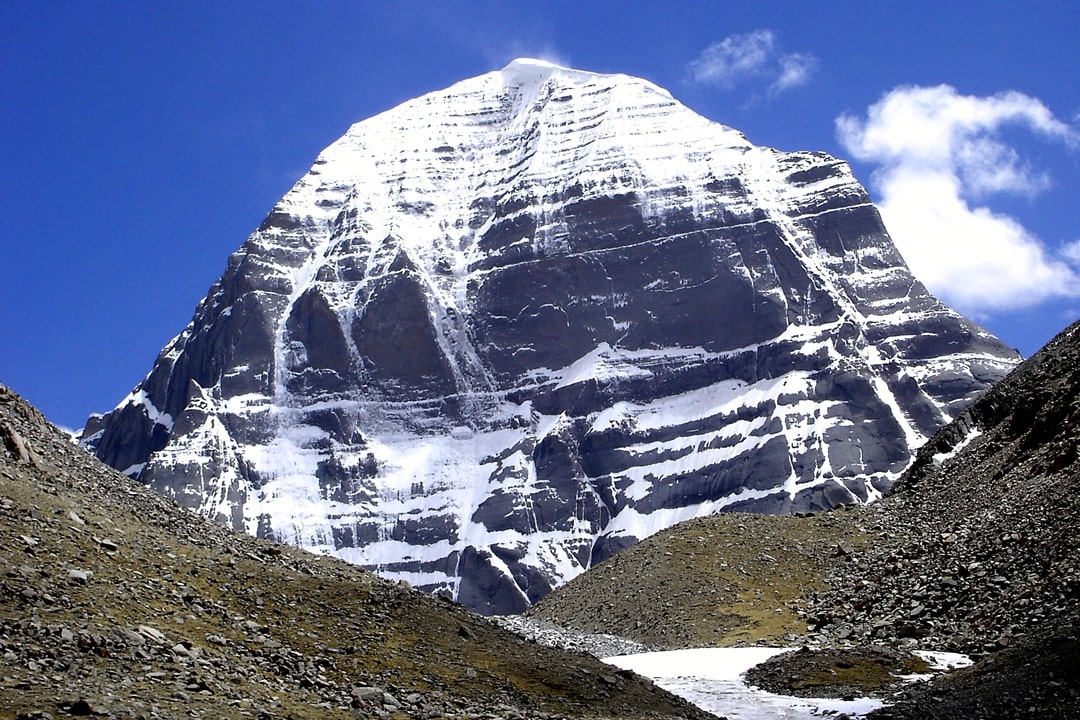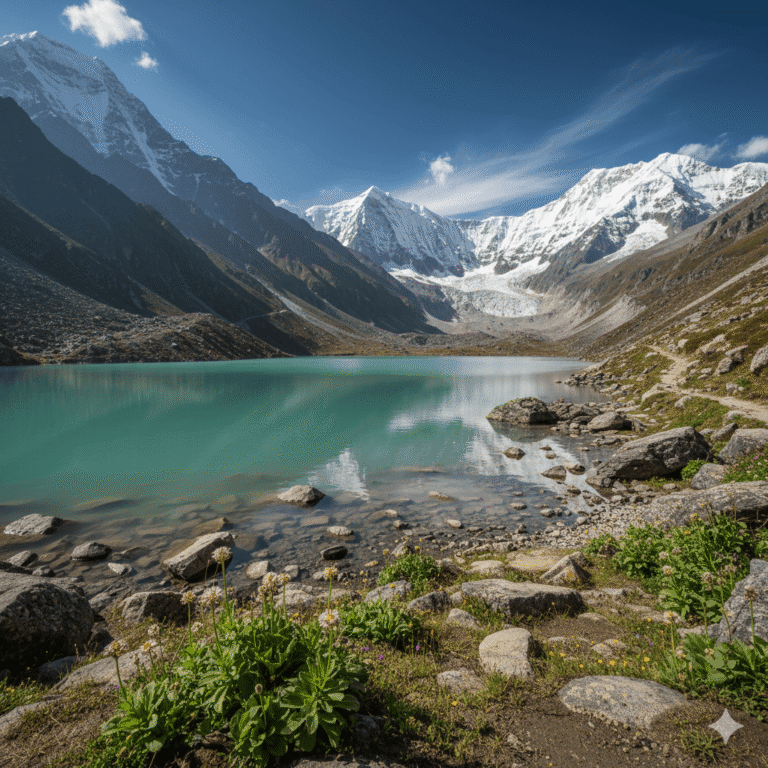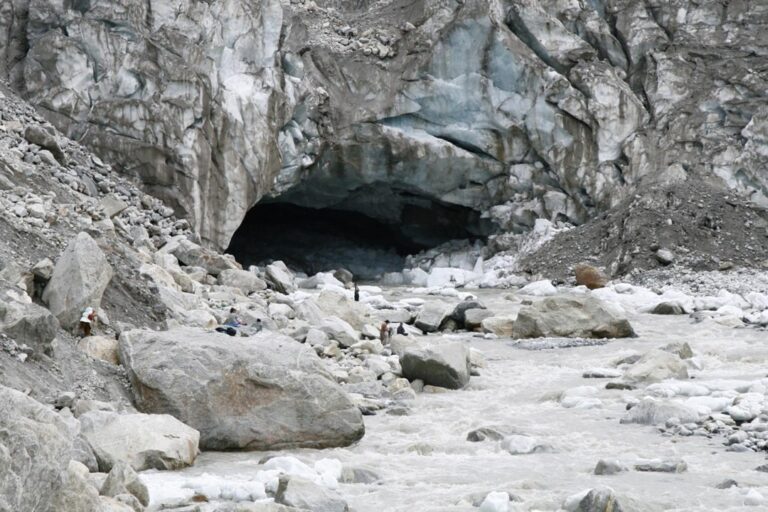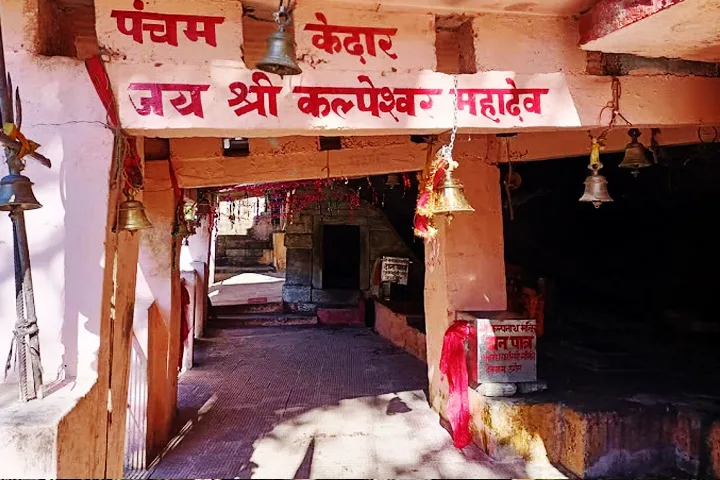Kailash Mansarovar Yatra

Introduction
The Kailash Mansarovar Yatra is among the most sacred pilgrimages on Earth, symbolizing the soul’s journey toward liberation. The Yatra leads devotees to Mount Kailash — believed to be the celestial abode of Lord Shiva and Goddess Parvati — and to the serene Lake Mansarovar, a divine mirror of purity and enlightenment. Undertaking this Yatra is considered to wash away sins of lifetimes and lead to Moksha (liberation).
This sacred journey, situated in the Tibet Autonomous Region of China, is revered not only in Hinduism but also in Buddhism, Jainism, and Bon traditions. It combines devotion, endurance, and surrender, taking pilgrims across some of the world’s most breathtaking yet challenging terrains.
Mythological Significance
According to Hindu scriptures, Mount Kailash is the axis of the universe (Meru Parvat), the cosmic pillar connecting Heaven and Earth. It is the divine home of Lord Shiva — where He resides in eternal meditation with Goddess Parvati. The mountain’s four faces are believed to represent the four Vedas, radiating spiritual energy in every direction.
Lake Mansarovar, situated near the mountain, was created by Lord Brahma. Its name comes from “Manas” (mind) and “Sarovar” (lake) — meaning “Lake of the Mind.” Bathing in its icy waters is believed to cleanse the soul of all sins and free one from the cycle of rebirth.
Organizing Authority & Official Routes
The Kailash Mansarovar Yatra (KMY) is organized annually by the Ministry of External Affairs (MEA), Government of India. Due to its international nature and proximity to sensitive border regions, the Yatra can only be undertaken through government or authorized operators.
Official Routes for Indian Pilgrims:
- Via Lipulekh Pass (Uttarakhand Route): The traditional route, organized by the MEA. Pilgrims travel from Delhi → Almora → Dharchula → Gunji → Lipulekh → Tibet (Taklakot). This route involves trekking of about 60 km and high-altitude camps.
- Via Nathu La Pass (Sikkim Route): A newer and relatively easier route involving more road travel and less trekking. Starts from Delhi → Gangtok → Nathu La → Lhasa → Mansarovar → Darchen.
- Via Nepal (Private Route): Conducted through authorized Nepal-based agencies, starting from Kathmandu → Rasuwagadhi → Saga → Lake Mansarovar → Mount Kailash. This route is managed commercially but still requires special permits from Chinese authorities.
Eligibility and Selection Process
The Yatra is open to Indian citizens who meet the physical and medical criteria. The process includes online application, health certification, and random selection by lottery.
- Eligibility: Indian citizens aged between 18 and 70 years.
- Passport: Valid for at least 6 months beyond the date of Yatra completion.
- Medical Fitness: Must pass a high-altitude medical test conducted by ITBP and Delhi Heart & Lung Institute.
- Selection: Pilgrims are chosen via computer-generated draw by the MEA.
Applications can be made through the official MEA website: https://kmy.gov.in
Documents Required
- Valid Indian Passport (6-month minimum validity)
- Recent passport-sized photographs
- Medical fitness certificate (issued after screening)
- Police Verification Report
- Undertaking / Consent Form
- PAN card or Aadhar card (for identity verification)
Visa, Permits, and Permissions
As the Yatra enters Chinese territory (Tibet Autonomous Region), special permissions are mandatory. These are arranged by the MEA or registered travel agencies.
- Chinese Group Visa: Issued collectively for the entire group by Chinese authorities.
- Tibet Travel Permit (TTP): Required for entry into Tibet.
- Alien’s Travel Permit (ATP): For inner areas like Mount Kailash and Mansarovar Lake.
- Restricted Area Permit (RAP): For border and high-security zones.
- Border & Military Clearance: Managed by the Indian government and Chinese officials for each group.
Independent travel is not allowed — pilgrims must join a registered batch or private group approved by the MEA or Nepal-based authorized operators.
Yatra Duration and Itinerary
The complete pilgrimage typically lasts 20–25 days including travel, acclimatization, and the sacred Parikrama.
Typical MEA Route Itinerary (via Lipulekh):
- Delhi: Medical check-up and orientation.
- Kumaon Region (Uttarakhand): Travel via Almora, Dharchula, and Gunji.
- Lipulekh Pass: Entry into Tibet under guided supervision.
- Taklakot (Purang): Acclimatization and rest.
- Lake Mansarovar: Holy dip and ritual worship.
- Mount Kailash Parikrama: 52 km circumambulation — considered the most sacred part of the Yatra.
- Return: The same route via Lipulekh to Delhi.
Key Camps during Parikrama: Darchen → Dirapuk → Dolma La Pass (5,645 m) → Zuthulpuk → Darchen.
Cost and Financial Assistance
- Government Route (MEA): Approx. ₹1.6–2.0 lakh per person (includes food, transport, accommodation, guides, permits).
- Private Nepal Route: ₹2.5–3.0 lakh per person depending on package.
- Subsidy: Several state governments (e.g., Delhi, UP, Gujarat, Rajasthan, MP) offer subsidies ranging from ₹20,000–₹1,00,000 for eligible residents.
Payment is usually made in stages after selection confirmation and medical clearance.
Physical Preparation and Health Advice
The Yatra involves trekking at altitudes between 15,000–19,000 ft. Oxygen levels drop to nearly 40% of normal. Pilgrims must build stamina and undergo medical screening before departure.
- Walk 5–10 km daily for at least 6 weeks prior to the Yatra.
- Practice Pranayama and breathing exercises to improve lung capacity.
- Carry essential medicines: Diamox (for AMS), pain relievers, energy gels, and dry fruits.
- Warm clothing, waterproof shoes, trekking poles, and layered jackets are mandatory.
Key Spiritual Sites
- Mount Kailash: Considered the center of the universe — abode of Shiva.
- Lake Mansarovar: Holy freshwater lake symbolizing purity and creation.
- Rakshas Tal: Saltwater lake representing ego and material attachments.
- Darchen: Base camp for the Parikrama.
- Dirapuk & Zuthulpuk: Major halting points during the trek, where pilgrims meditate and perform Shiva aartis.
Accommodation and Facilities
Accommodation varies by route. The MEA and tour operators provide basic facilities — tents, lodges, or dormitories — along the path. Hot meals, oxygen cylinders, and medical assistance are available at major camps. Satellite communication is available at select points.
Spiritual Significance
Completing the Kailash Parikrama is said to destroy the accumulated sins of seven lifetimes. Even having a Darshan of the mountain is considered equivalent to visiting all the holy sites in India. Buddhists, Jains, and Bon followers also revere Kailash as a sacred cosmic center of balance and harmony.
For every devotee, this Yatra is not merely a journey across mountains — it is a journey within, dissolving ego and revealing divine consciousness. The snow-capped peak of Mount Kailash stands as the eternal symbol of peace, power, and purity.
Visitor Information
- Location: Tibet Autonomous Region, China
- Altitude: Mount Kailash – 6,638 m; Lake Mansarovar – 4,590 m
- Duration: 20–25 days
- Organizer: Ministry of External Affairs (India) / Authorized Operators
- Application Portal: https://kmy.gov.in
- Best Time to Visit: May – September
Conclusion
The Kailash Mansarovar Yatra is not just a physical pilgrimage — it is a sacred dialogue between the devotee and the divine. To walk beneath the shadow of Mount Kailash, to see its reflection in the crystal waters of Mansarovar, is to witness eternity itself.
May Lord Shiva bless every pilgrim with strength, faith, and spiritual awakening on this divine path toward liberation. 🙏



